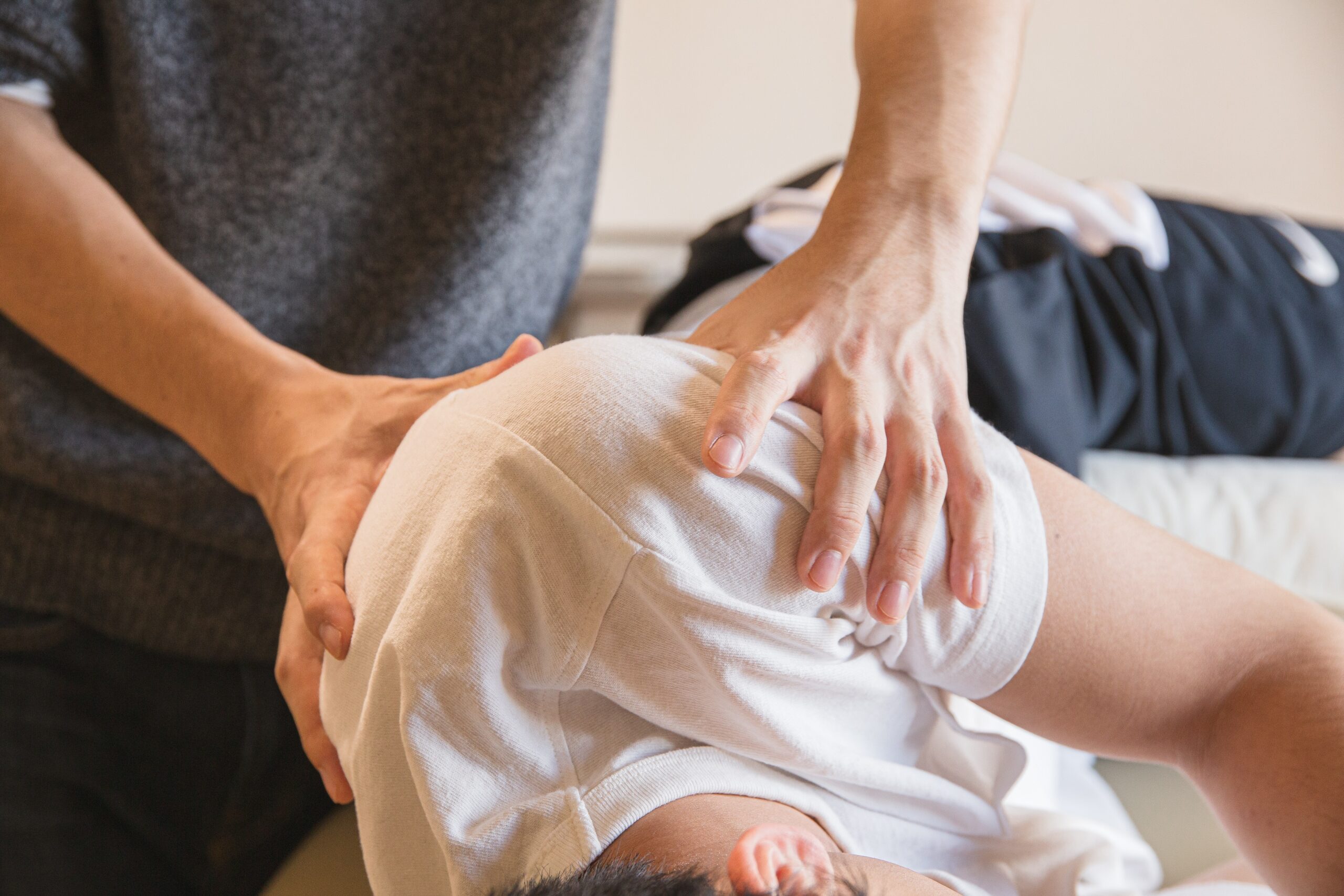Julie Goodwin
Author, Bodywork Educator
- NCBTMB-Approved Provider
- Creator, www.TxPlanner.org
- 2016 Educator of the Year – Alliance for Massage Therapy Education
- AZ License: MT-03650P
- Approved Provider: 782589
Professional Excellence
25+ years of dedicated practice in therapeutic massage and education
About Julie
I grew up in northeastern Ohio and received my Bachelor of Arts degree from Kent State University, majoring in Latin, English, Psychology, and Sociology.
I had a career in public and private, non-profit social services before becoming certified in therapeutic massage at Desert Institute of the Healing Arts in Tucson, Arizona. My 25-year practice focused on elders, women during the childbirth year, and people in treatment for cancer, using integrated Swedish, craniosacral, and reflexology techniques.
I am the author of Touch & Movement: Palpation and Kinesiology for Massage Therapists, and numerous journal articles. I was a workshop presenter at the 2013 AMTA National Convention and the 2014 AMTA Schools Summit, and I currently teach in the Therapeutic Massage Program at Pima Community College in Tucson, Arizona.
Therapeutic Practice Julie Goodwin
Educational Excellence
I’m deeply committed to providing top-quality education based on over 25 years of hands-on experience in therapeutic massage. I focus on creating courses that are practical, evidence-based, and easy to understand, so my students not only learn the theory but also feel confident applying it. Teaching isn’t just about sharing knowledge for me — it’s about empowering each person to grow and succeed in their own practice.
Professional Classes
Elder Massage: Touching the Past
Ethics in the Social Media Age
Facial Massage
Fundamentals of Oncology Massage
Fundamentals of Pregnancy Massage
In Safe Hands: Clients with Arthritis
In Safe Hands: Planning Treatment for Clients with Autoimmune Conditions
In Safe Hands: Planning Treatment for Clients with Dementia
In Safe Hands: Planning Treatment for Clients with Diabetes

In Safe Hands: Planning Treatment for Clients with Fibromyalgia
In Safe Hands: Planning Treatment for Clients with Respiratory Conditions
In Safe Hands: Planning Treatment for Clients with Skin Cancer
Massage of the Abdomen
Peripheral Protocol I: Isolating and Treating Muscles of the Head and Face
Peripheral Protocol II: Isolating and Treating Muscles of the Hands and Feet
Posture and Gait Assessment
Self-Care Strategies
Techniques in Sidelying
Understanding Client Medications
Professional Achievements
Published Author
Author of "Touch & Movement: Palpation and Kinesiology for Massage Therapists" and numerous journal articles
2016 Educator of the Year
Recognized by the Alliance for Massage Therapy Education for outstanding contributions to massage education
Conference Presenter
Workshop presenter at the 2013 AMTA National Convention and the 2014 AMTA Schools Summit
Academic Educator
Currently teaching in the Therapeutic Massage Program at Pima Community College in Tucson, Arizona
Online Platform Creator
Creator and developer of www.TxPlanner.org, providing resources for massage therapy professionals
NCBTMB Approved Provider
Certified to provide continuing education credits for massage therapy professionals nationwide
Frequently Asked Questions
My courses are mostly designed for licensed massage therapists or those who are in their last semester of massage therapy school. Some classes have prerequisites and they are indicated on the class description.
I am an NCBTMB-AP approved provider (782589) and yes You can take my classes for CE. Credits will be accepted in most states, please check with your state board for reciprocity.
My courses are designed for the practicing therapist, however - there are a couple foundational courses that might be suitable for the advanced student. Feel free to review the individual prerequisites for the classes/talks.
Most online classes are self-paced with video, readings, and quizzes and treat a student’s “semster” as just 10 weeks. On-site classes have hands-on practice and in-person instruction. The respective formats both come with reading materials and CE certificates on successful completion.
Yes I do offer private one-on-one and coach sessions for massage therapist who wants to improve their practice or the one who is looking to learn a certain techniques! Feel free to e-mail me directly to let me know about your needs and set up a time.
Get In Touch
Contact Information
(520) 555-0123
julie@juliegoodwinlmt.com
Tucson, Arizona
Pima Community College
www.juliegoodwinlmt.com